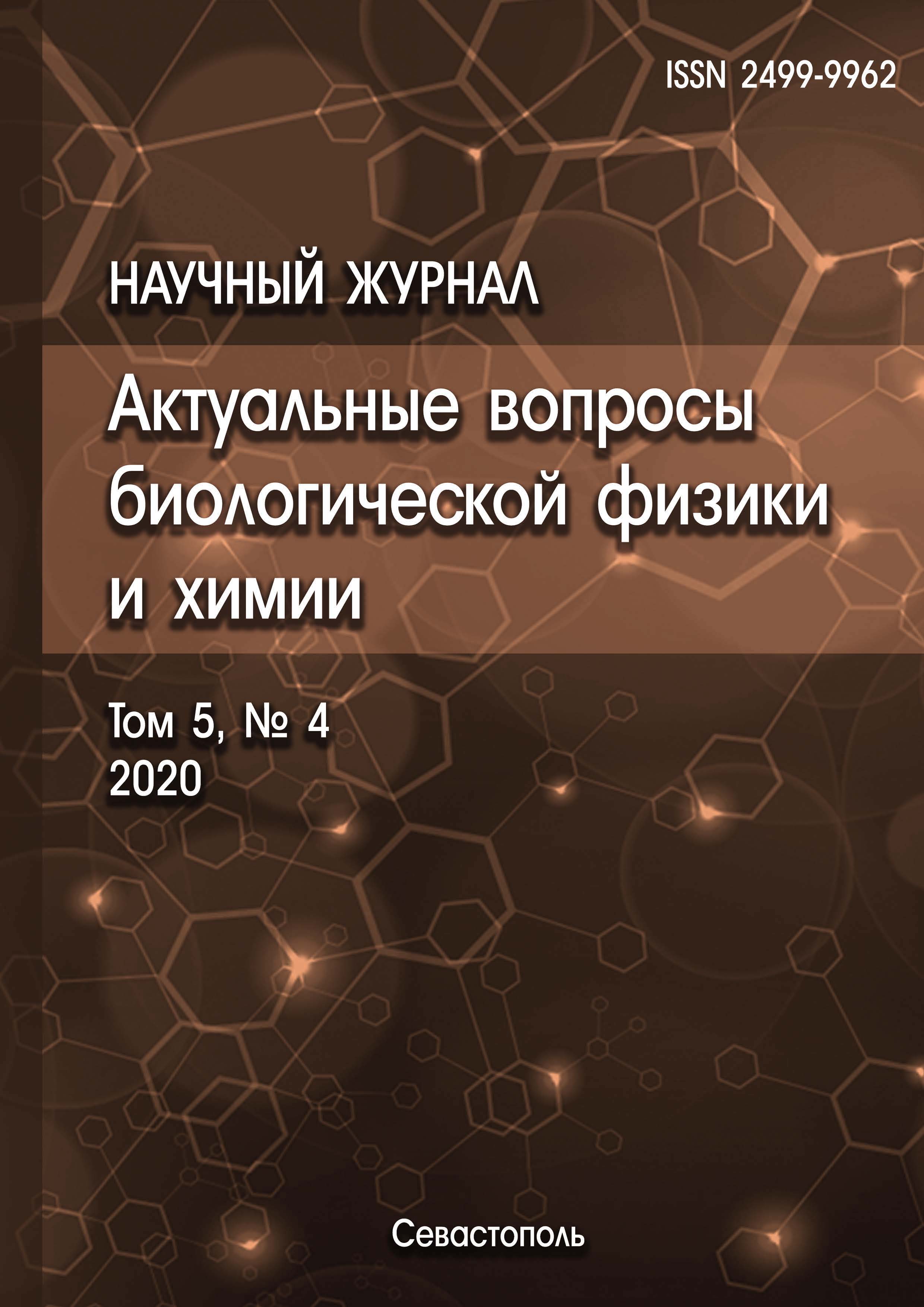A comparative study of antioxidant system enzymes activity and the levels of transition group metals in erythrocytes and tumor tissues of advanced gastric or colon cancer was carried out. Determination of metal content in erythrocytes was carried out according to peculiarities of their bloodstream circulation. It was found that erythrocytes of blood flowing from the affected organ contain less iron than erythrocytes of the same patient circulating in the systemic blood flow. The redistribution of iron in erythrocytes was accompanied by an increase in the activity of their superoxide dismutase and a decrease in the glutathione peroxidase activity. When comparing the metal content in tumor homogenates with their levels in nontransformed adjacent tissues, it was found that iron and copper were characterized by their higher content in tumors. Feedback between the increase of iron content in tumor and decrease of its content in erythrocytes of blood flowing from the affected organ was established (Spirman correlation index ρ = -0.66, i.e. negative correlation). For other metals this pattern has not been revealed. Therefore, erythrocytes may become a source of iron for tumor tissues, which may contribute to the formation of their aggressive phenotype.
iron, copper, cobalt, superoxide dismutase, glutathione peroxidase, cancer, erythrocytes
1. Aapro M., Osterborg A., Gascon P., Ludwig H., Beguin Y. Prevalence and management or cancer-related anaemia, iron deficiency and the specific role of i.v. iron. Annals of Oncology, 2012, vol. 23, pp. 1954-1962. DOI:https://doi.org/10.1093/annonc/mds112. EDN: https://elibrary.ru/RIGFHV
2. Bakurova E.M. Osobennosti energeticheskogo metaboloma eritrocitov u bol'nyh rakom rasprostranennyh stadiy. Aktual'nye voprosy biologicheskoy fiziki i himii. BFFH-2016: materialy XI mezhdunarodnoy nauchno-tehnich. konferencii, g. Sevastopol', 25-29 aprelya 2016 g.: v 2 t. T. 2. Sevastopol': Sevastopol'skiy gosudarstvennyy universitet, 2016, 226 s. @@Bakurova E.M. The Energy Metabolom of Red Blood Cells Features in Patients with Advanced Tumors. Modern Trends in Biological Physics and Chemistry. BPPC-2016: Rroceedings of XI International Science-Technical Conference, Sevastopol, 25-29 of April, 2016, vol. 2. Sevastopol: Sevastopol State University, 2016, 226 p. (In Russ.)
3. Mistry R.K., Brewer A.C. Redox regulation of gasotransmission in the vascular system: A focus on angiogenesis. Free Radic. Biol. Med., 2017, vol. 108, pp. 500-516. DOI: 0.1016/j.freeradbiomed.2017.04.025.
4. Shendrik A.N., Kanibolockaya L.V. Radikal'nye reakcii v kletke. Uch-metod. Posobie. Doneck: DonNU, 2007, 152 s. @@Shendrik A.N., Kanibolotskaya L.V. Radikalnyie reaktsii v kletke. Uch-metod. Posobie. Donetsk: DonNU, 2007, 152 r. (In Russ.)
5. Kosmachevskaya O.V., Shumaev K.B., Nasybullina E.I., Gubkina S.A., Topunov A.F.Interaction of S-nitrosoglutathione with methemoglobin under conditions of modeling carbonyl stress. Hemoglobin, 2013, vol. 37, no. 3, rp. 205-218. DOI: https://doi.org/10.3109/03630269.2013.773911; EDN: https://elibrary.ru/RFBCPJ
6. Buko I.V., Capaeva N.L. Diagnosticheskaya informativnost' pokazateley sistemy glutationa eritrocitov, okislitel'nogo stressa i vospaleniya pri ishemicheskoy bolezni serdca. «Laboratornaya diagnostika. Vostochnaya Evropa», 2019, t. 8, № 2, s. 227-236. @@Buko I., Tsapaeva N. Diagnostic Informational Content of the Indices of Erythrocyte Glutathione System, Oxidative Stress and Infl ammation in Ischemic Heart Disease. "Laboratory Diagnostics. Eastern Europe", 2019, vol. 8, no. 2, pp. 227-236. (In Russ.)
7. Lin J.A., Wu C.H., Lu C.C. et al. Glycative stress from advanced glycation end products (AGEs) and dicarbonyls: An emerging biological factor in cancer onset and progression. Mol Nutr Food Res, 2016, vol. 60, no. 8, pr. 1850-1864. DOI:https://doi.org/10.1002/mnfr.201500759.










